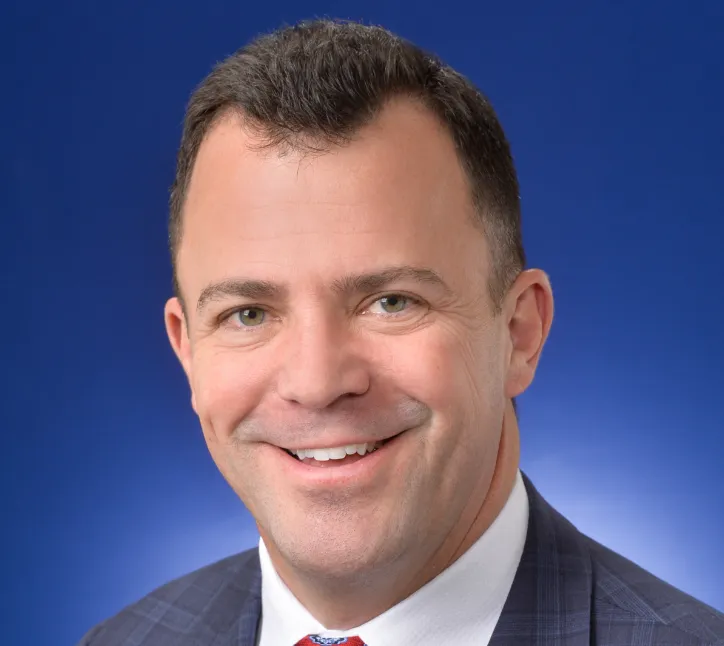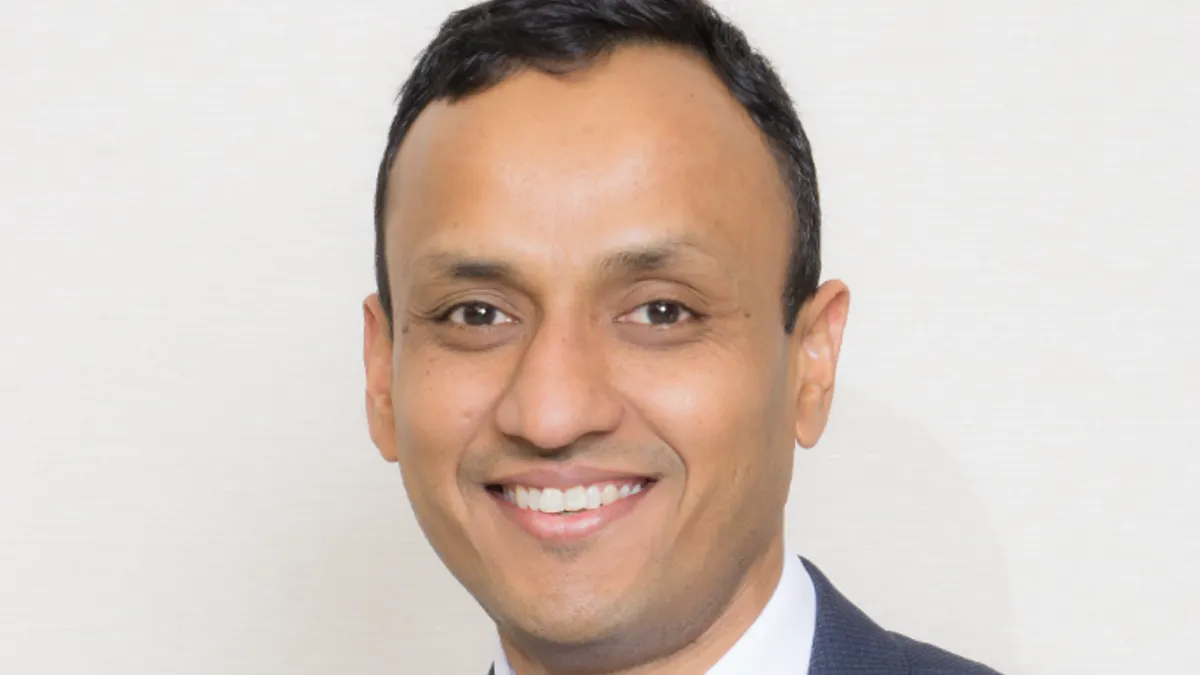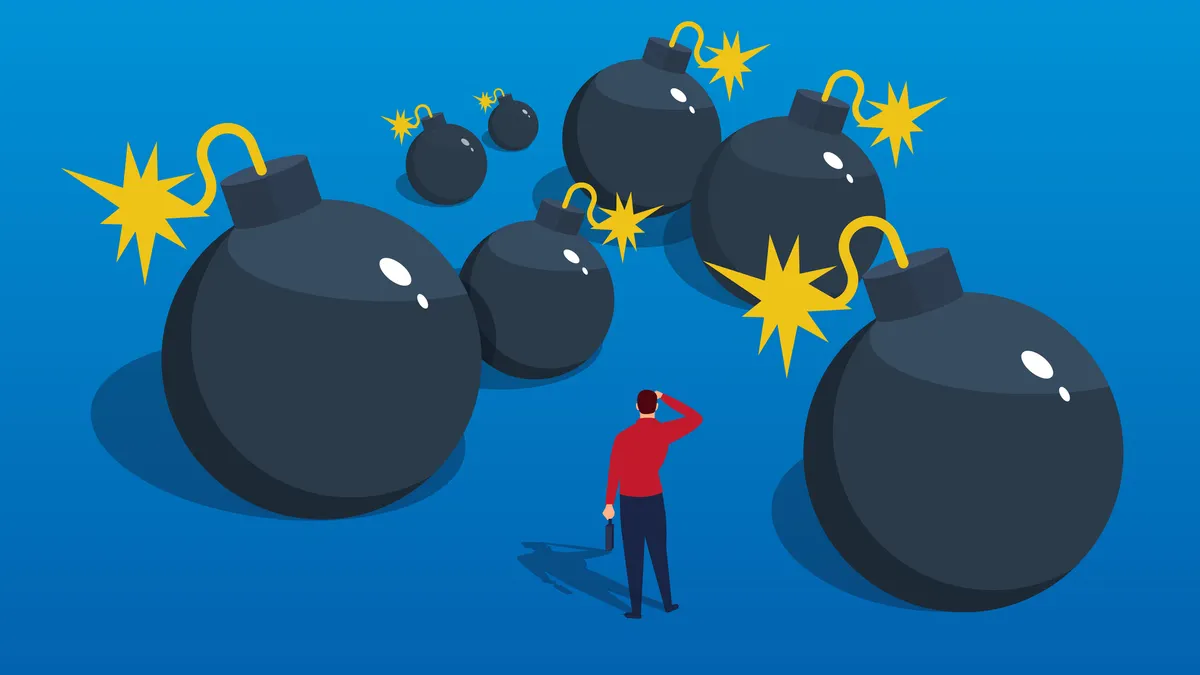In just a few years, Eli Lilly has managed to grow into the most valuable pharma company with new diabetes and weight loss drugs like Mounjaro and Zepbound taking the world by storm. But with that growth comes a responsibility to environmental, social and governance issues — and the pharma giant is taking those goals seriously.

To meet raging demand for GLP-1 drugs, Lilly has expanded its manufacturing footprint substantially, committing more than $18 billion to facilities across the U.S. and Europe — building, upgrading and acquiring with an eye toward sustainability. From solar power to AI-driven efficiencies, the company is working toward a 2030 goal of carbon neutrality through renewable energy.
With the company growing so quickly, those aims are as important as ever, said Jim Greffet, head of ESG at Lilly. And they extend beyond the environmental impact as the drugmaker includes access and affordability under the umbrella of sustainability.
“This mindset of doing the right thing, bringing medicine that helps patients over the long run, playing the long game — we didn’t call it sustainability in the past, but that’s what sustainability is really getting after,” Greffet said. “For us, that hasn’t changed, because we’re at a crossroads.”
ESG efforts have been subject to a backlash after a major push into the early 2020s, but Greffet wants Lilly to stay at the forefront of sustainable business practices to fulfill what the company has been doing for years, he said.
“These topics aren’t controversial, because taking care of the planet is a good idea, and getting medicine to patients that need it is a good idea,” Greffet said. “We also like to think about this in a very pragmatic way tied to our purpose of making medicines and flying above the fray.”
"We’re a 150-year-old company, so a lot of these things are just the way we run the joint."

Jim Greffet
Head of ESG, Eli Lilly
Here, Greffet explains what ESG efforts look like in the pharma industry, how transparency in drug pricing is part of the company’s social contract and what ESG can do for a major company’s bottom line.
This interview has been edited for brevity and style.
PHARMAVOICE: What is unique about the approach to ESG in pharma compared with other industries?
JIM GREFFET: The value in looking at these topics is to put a company on the most solid foundation to be resilient for the long term. In the case of pharma, we have to play the long game — it takes us 10 years or more from an idea in a scientist’s eye to get a new medicine in the hands of a patient [who] can benefit from it. So by design, we have to think and act with the long term in mind, and it makes my job easier that we’re conditioned as pharma, and Lilly in particular, to operate that way.
Our efforts on sustainability have taken the way we run the company and made them more obvious and transparent for stakeholders. When I took this job four years ago, this newly created role, I thought: Is the work here creating new ways of doing things or getting better at communicating the things that are already in place? And it has been almost entirely the latter. We’re a 150-year-old company, so a lot of these things are just the way we run the joint.
How do you make sure the company grows the ‘right way,’ weighing the social need for access to these drugs against environmental concerns of manufacturing, for instance?
We’ve found ways to alleviate a lot of suffering from obesity and diabetes. To accomplish that, we’re building new manufacturing plants around the world, and that’s expanding our footprint to bring those medicines to people who need them. But when we start a new plant with a white sheet of paper, we are overtly designing environmentally friendly principles from the get-go. On-site solar, water recycling, water preservation — we’re doing it the right way from the start. It also forces us to look at efficiency, and so we’re using AI to study the way a machine moves, for example, looking at split-second inefficiencies that a human can’t see but that make a big difference in the long run.
Access and affordability are some of the biggest topics we focus on in our sustainability report, and we’ve done a lot there. It’s not an either-or proposition of growing or being sustainable — we’re trying to do both.
The broader point is the non-competitive nature of sustainability topics overall. In this job, I talk with my counterparts at other pharma companies almost daily, which would have been verboten in my earlier roles in finance. That same theme carries over as we’re collaborating across pharma with the supply chain — let’s all learn from one another to improve what is a common goal for us all.
On the social side of ESG, Lilly has in recent years been proactive about insulin pricing, but public perception is a different story due to all sorts of factors. How do you as a company retain a good ESG reputation when the public wants someone to blame and those eyes fall on you?
The most valuable thing we can do is be transparent and show data, and we try to do that in our sustainability report. You’ll see some very transparent graphs that show how our list price has changed over time and how our net price as a percentage of list has gone down over time. Facts are your friend in this regard. It’s an easy sound bite for someone to talk about somebody who got an outrageous bill at the pharmacy counter, and it’s a lot harder to have this conversation on PBMs and rebates and discounts and all the stuff that we have to explain to get to our part of the answer. But we do the best we can because we think it does reflect our real situation and what we’re doing here.
Do you see ESG as tied to the bottom line for shareholders as they weigh the investment opportunity?
I’m not a zealot, and I think it’s important when you’re in a role like this to keep the real purpose and value in mind. At the most pragmatic level, having an effective sustainability program is about helping to prevent bad things from happening, and that is a very easy discussion with investors. We’re going to look at our environmental footprint because we don’t want to get sideways [with] the EPA. We want to make sure we’ve got the most engaged, diverse and included employees bringing everything they have every day, because that helps us make medicine. These are easy, non-controversial ways of looking at these topics that should resonate with any stakeholder, including an investor.
That said, if we have the most innovative climate plans and the most fantastic governance structures, and we’re not innovating new medicines, investors probably aren’t going to be that interested in putting their money with us, so we have to think of both.

















